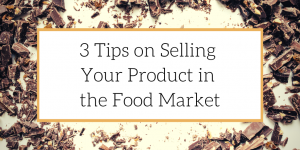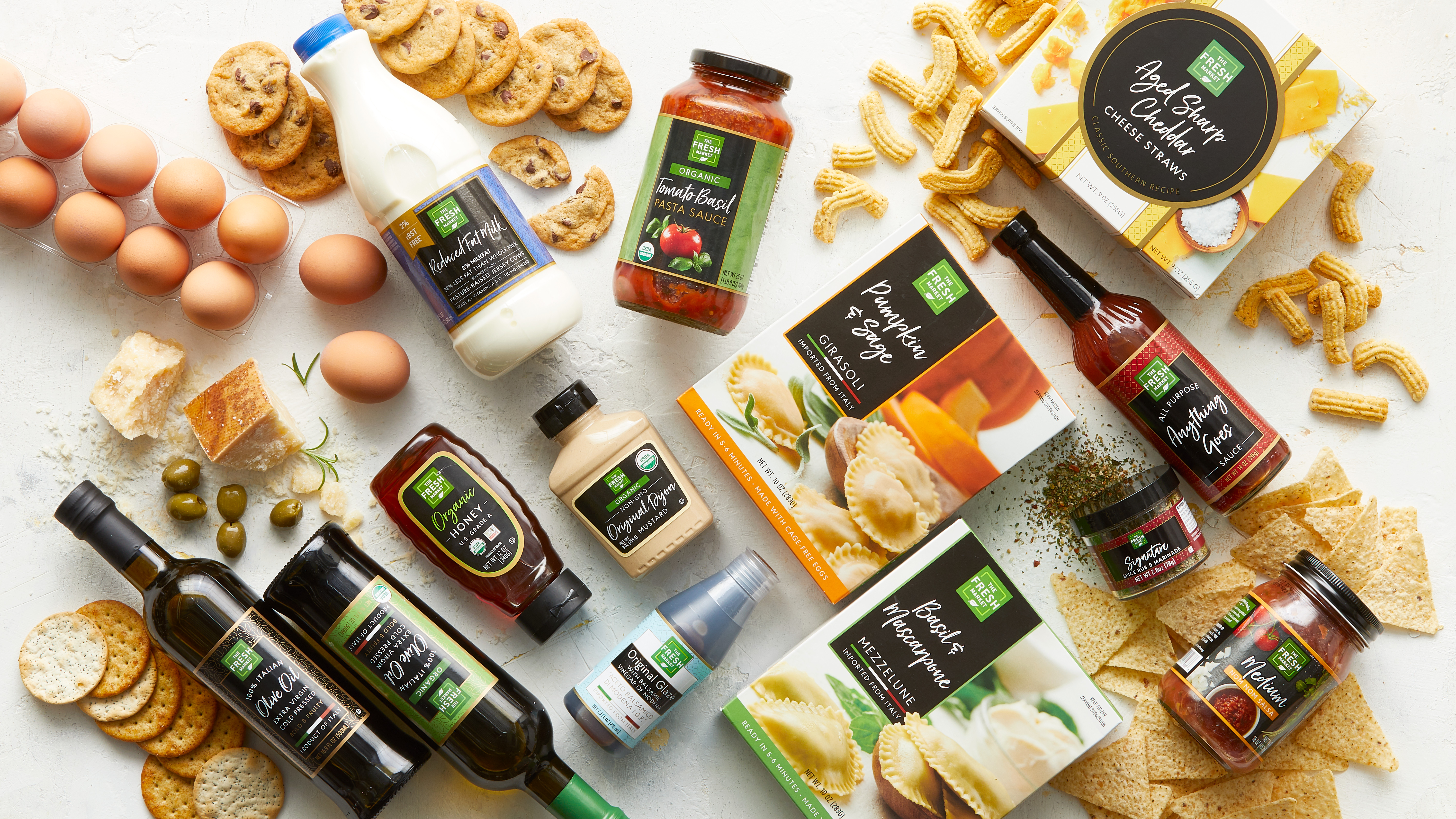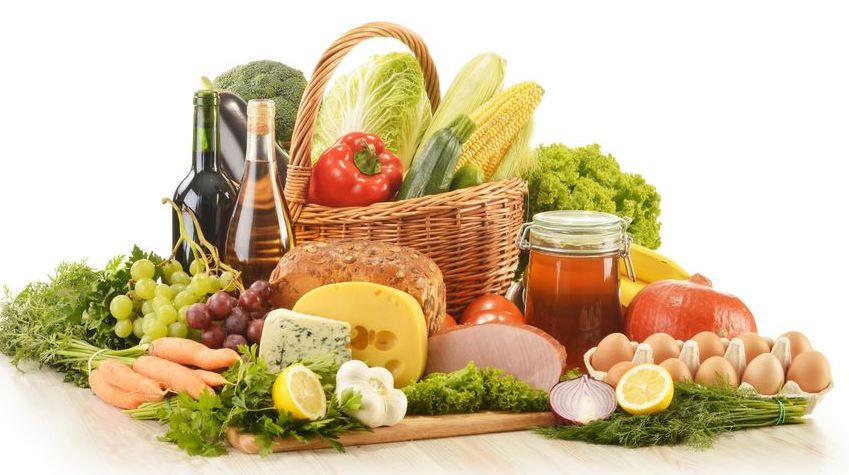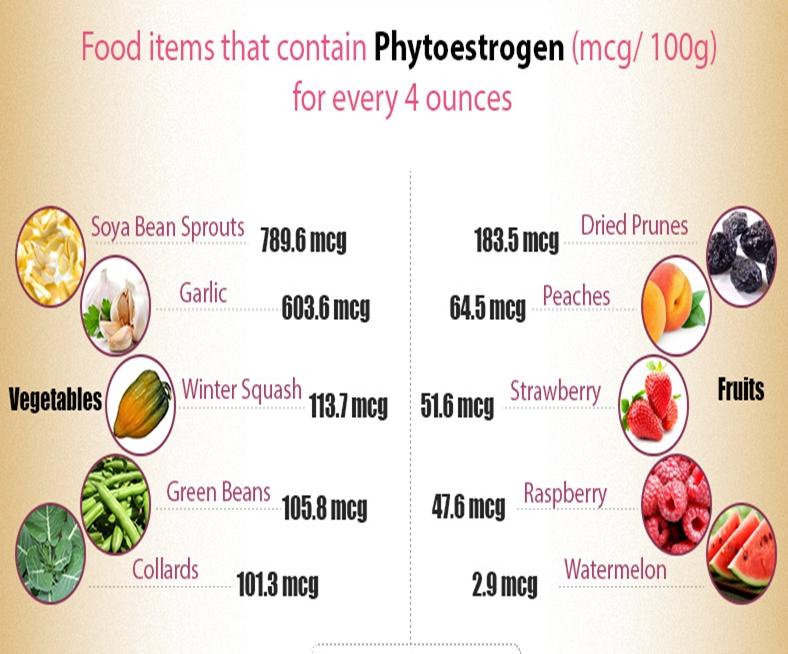Bringing Your Delicious Creation to the World: A Guide to Marketing Your Food Product

Launching a delectable food product takes more than just a secret recipe – you need a marketing strategy that whets appetites and grabs attention. Here’s a roadmap to navigate the exciting world of food product marketing:

1. Know Your Foodie Tribe:

Before diving into fancy packaging, define your target audience. Are you whipping up healthy snacks for fitness enthusiasts, crafting gourmet condiments for Michelin-star chefs, or creating comfort food for busy families? Understanding their needs, desires, and buying habits will guide your marketing message.
2. Sizzle with Your Story:
What makes your food special? Is it the locally-sourced ingredients, the generations-old family recipe, or the innovative twist on a classic? Craft a compelling brand story that resonates with your target audience. Highlight your unique selling proposition (USP) – that special something that sets you apart from the crowd.
3. Package Perfection:
First impressions matter, especially on supermarket shelves. Design packaging that’s eye-catching, informative, and aligns with your brand identity. Use high-quality visuals, clear ingredient lists, and enticing fonts to make your product stand out. Remember, sustainability is a growing trend, so consider eco-friendly packaging options.
4. Content is King (and Queen):
Create mouthwatering content that showcases your product’s deliciousness. High-quality photos and videos featuring food preparation, plating, and happy customers are essential. Build a website with engaging recipes, nutritional information, and brand storytelling. Utilize social media platforms like Instagram and TikTok to share short, creative clips that make viewers’ stomachs rumble.
5. Influencer Appeal:
Partnering with food bloggers, recipe developers, or social media influencers with audiences that match your target market can be a powerful marketing tool. Send them samples, collaborate on recipe creation, or feature their reviews on your website and social media.
6. Sample the Buzz:
Free samples are a time-tested strategy to get people hooked. Offer samples at farmers markets, grocery stores, or food festivals. Partner with complementary businesses, like coffee shops or delis, to offer samples or bundle products.
7. Loyalty Builds Brands:
Reward repeat customers with loyalty programs, exclusive discounts, or recipe booklets. Create a community around your brand through online forums, cooking classes, or virtual tastings. Building lasting relationships with your customers fosters brand loyalty and keeps them coming back for more.
8. Embrace the Digital World:
Online platforms like Amazon, local delivery services, and meal kit subscriptions offer new avenues to reach customers. Invest in search engine optimization (SEO) to make your product easily discoverable online. Partner with food bloggers or online recipe platforms to feature your product.
9. Think Beyond the Supermarket:
Don’t limit yourself to traditional retail channels. Explore specialty stores, farmers markets, and craft fairs to cater to niche audiences. Participate in food festivals and culinary competitions to gain exposure and generate buzz.
10. Analyze and Adapt:
Track your marketing efforts through website analytics, social media engagement, and sales data. Identify what’s working and what’s not, and adapt your strategy accordingly. Be open to trying new things and refining your approach as you learn what resonates with your audience.
Remember: Marketing your food product is a continuous process. Be passionate, patient, and persistent. With a delicious offering, a compelling story, and the right marketing mix, you can turn your culinary creation into a household name.
Go forth and conquer the taste buds of the world!










